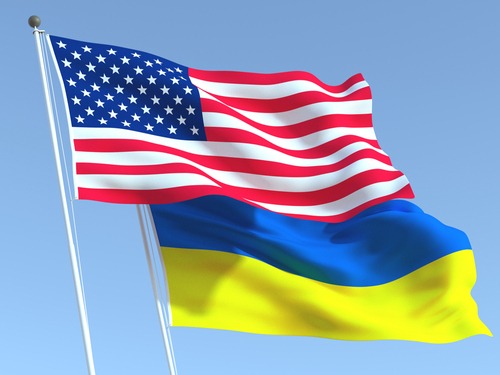
A full quarter of the U.S. Senate wrote to White House National Security Advisor Jake Sullivan this week, requesting details on the speed, composition, and supply of lethal aid being delivered to Ukraine to counter the Russian invasion.
Approximately one month ago, Russia invaded its western neighbor in a move internationally denounced. In the aftermath, U.S. Sens. Joni Ernst (R-IA), Kirsten Gillibrand (D-NY) – both leaders of this effort – and others formed a delegation and visited Poland and Germany, where they heard from members of Ukrainian civil society. Those talks included discussion of lethal aid and pleas that it was arriving too slowly to aid the Ukrainian war effort. Inspired by those discussions, the senators have consequently asked what more the U.S. and its allies could do to help Ukraine.
“The U.S. mission in Ukraine must go beyond ensuring the country merely has the means to defend itself against Russian aggression,” the senators wrote. “The strategy must deliver Ukraine necessary weapons to defend itself, counter the Russian forces’ advance, and give the Ukrainian people a chance to win this war. Success cannot be a Russian-occupied Ukraine – it must be a free, independent, and sovereign Ukraine. Authoritarianism cannot prevail in this conflict.”
The senators requested that Sullivan provide:
- A list of all lethal and nonlethal aid provided so far, along with its status of delivery or estimated delivery;
- A list of all equipment purchased or allocated for the Afghanistan Security Forces Fund that remains within U.S. control and whether it could be given to Ukraine instead;
- A list of all Army Pre-positioned Stock (APS) or Defense Logistics Agency (DLA) stocks in Europe, including what and where they are;
- An analysis of equipment within allied and partner nations that could be acquired, granted to Ukraine, and replaced with other NATO equipment; and
- A list of equipment, production capacity, and war reserve inventories the U.S. could use to backfill NATO members who have already provided supplies to Ukraine.




